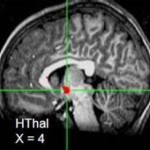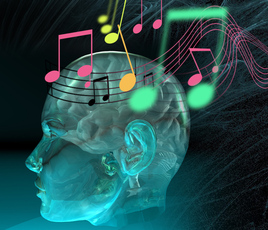Published: January 21, 2010
What if a jury could decide a man’s guilt through mind reading? What if reading a defendant’s memory could betray their guilt? And what constitutes ‘intent’ to commit murder? These are just some of the issues debated and reviewed in the inaugural issue of WIREs Cognitive Science, the latest interdisciplinary project from Wiley-Blackwell, which for registered institutions will be free for the first two years. [continue reading…]

Image: Getty images
Ask middle-school students if they are popular or make friends easily, they likely will depend on social comparisons with their peers for an answer. Such reliance on the perceived opinions of others, or reflected self-appraisals, has long been assumed, but new evidence supporting this claim has now been found in the teen brain.
Using functional magnetic resonance imaging (fMRI), researchers looked at adolescent and young-adult brain activity related to both direct self-appraisals, such as “Do I think I’m smart?” and perceptions of others’ opinions — reflected self-appraisals: “Do I think my friend thinks I’m lonely?”

Hypothalamus, a node of the emotion circuit. (Credit: Image courtesy of NIH/National Institute of Mental Health)
During direct self-appraisals, researchers found that adolescents show more activity than adults in neural networks tied to self-perception (medial prefrontal and parietal cortices) and in areas linked to social cognition (dorsomedial prefrontal cortex, temporal-parietal junction and posterior superior temporal sulcus). The results, said lead author Jennifer H. Pfeifer, a psychology professor at the University of Oregon, suggest that adolescent self-perceptions depend heavily on others. [continue reading…]
Watch CBS Videos Online
Neuroscience has learned so much about how we think and the brain activity linked to certain thoughts that it is now possible – on a very basic scale – to read a person’s mind. Lesley Stahl reports.
Source:CBS



